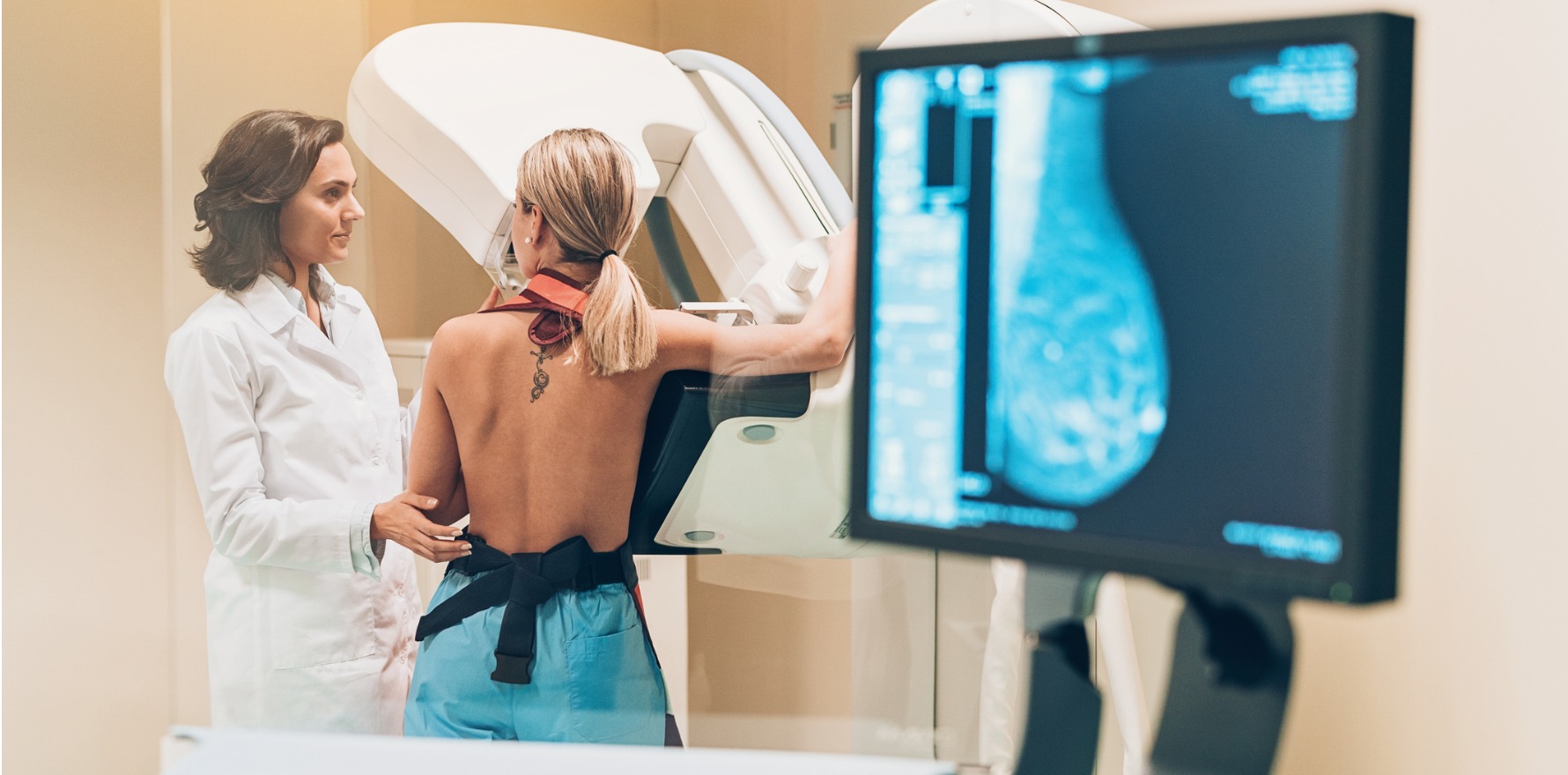A phase III trial challenges the routine use of nodal radiotherapy after complete nodal response, opening the door to more tailored treatment plans.
Is regional nodal irradiation beneficial for women with initially node-positive breast cancer who achieve pathologic nodal clearance (ypN0) after neoadjuvant chemotherapy? The jury is still out.
A landmark phase III study (NRG-NSABP B-51/RTOG 1304) published in the New England Journal of Medicine addressed whether adding RNI benefits women with initially node-positive breast cancer who achieve ypN0 after neoadjuvant chemotherapy.
After a median follow-up of 59.5 months, the addition of RNI did not significantly improve invasive recurrence-free survival or any secondary outcomes (HR 0.88; 95% CI 0.60–1.28; P = 0.51), and both arms had excellent IBCRFI (92.7% with RNI v/s 91.8% without RNI).
Dr David Blakey, radiation oncologist at the ICON Cancer Centre in Mornington, said the results of the study had the potential to significantly alter radiotherapy recommendations after neoadjuvant systemic therapy for women achieving a complete response in the axillary nodes.
Historically, women with higher risk breast cancer, irrespective of their response to neoadjuvant systemic therapy, have been offered post-surgical radiotherapy.
Dr Blakey said the study was “suggesting that if a patient is fortunate enough to achieve a pCR in the axillary nodes, then their risk of local, regional or distant breast cancer progression is not improved by the addition of nodal radiotherapy after breast conserving surgery, or any radiotherapy after a mastectomy, irrespective of their tumour response in the breast”.
The study enrolled women with a diagnosis of invasive breast cancer, of any molecular subtype, with clinical stage T1-3, pN1, M0, who achieved ypN0 status after neoadjuvant systemic therapy, and randomly assigned them to breast radiotherapy with or without RNI in the breast conservation group, or to CW RT with RNI, or no radiotherapy at all in the post-mastectomy group.
Related
In the subgroup analysis, the patients who seemed to benefit most from the addition of nodal radiotherapy were in fact those in the better prognostic groups, particularly the hormone receptor positive and HER2 negative patients.
“These subgroup findings are somewhat counter-intuitive, in that patients with what we have traditionally considered to be higher risk disease, such as the triple negative cohort, appeared to benefit the least from the addition of RNI,” said Dr Blakey.
“We need to interpret such findings cautiously, particularly as the total event rate in the randomised patients was significantly lower than anticipated during trial design. So, cutting and dicing the results by planned, and particularly by unplanned, subgroup analysis is dangerous.”
He noted that the trial findings were very tricky to interpret by the fact that, although analysed together, the post-lumpectomy and post-mastectomy cohorts were treated very differently.
“All the women in the post-lumpectomy group received at least whole breast RT, but half the women in the post-mastectomy group received no radiotherapy at all. The local recurrence rate in the post-mastectomy group is higher in the non-irradiated cohort, although not significantly so,” said Dr Blakey.
“It is impossible to tell from the reported results whether there is a group of women with, for example, larger primary tumours or more extensive axillary lymph node metastases who might benefit from at least chest wall radiotherapy in this setting.”
As with all cancer interventions, balancing risks of treatment against possibly better cancer outcomes is always a challenge. Regional nodal radiotherapy can cause side-effects. The most obvious risk is lymphedema in the arm.
“Minimising a woman’s risk of developing lymphedema down the track is obviously critical,” said Dr Blakey.
“Based on the results of B-51, we can draw confidence in recommending against RNI for a substantial proportion of women achieving a nodal CR; and indeed recommending against any post-operative radiotherapy in women, who have had a mastectomy in this setting, particularly those women who presented with smaller tumours and lesser nodal involvement initially, who were ER positive and HER2 negative, and who had a complete pathological response in the breast as well as the nodes.”
He thinks that treatment guidelines will change to allow for the option of avoiding at least regional nodal radiotherapy after neoadjuvant therapies and surgery for the better responders.
But on the basis of this one study, he doesn’t think those recommendations could be definitive as yet, without confirmatory evidence, longer follow-up, and perhaps analysis of the breast conservation and mastectomy cohorts separately when the overall event rate allowed.
Since B-51 was designed and opened, systemic therapies for breast cancer management have altered significantly.
“As our systemic therapies improve, our need for local treatments such as radiotherapy or even surgery for breast cancer might potentially disappear, at least as upfront treatments,” said Dr Blakey.





